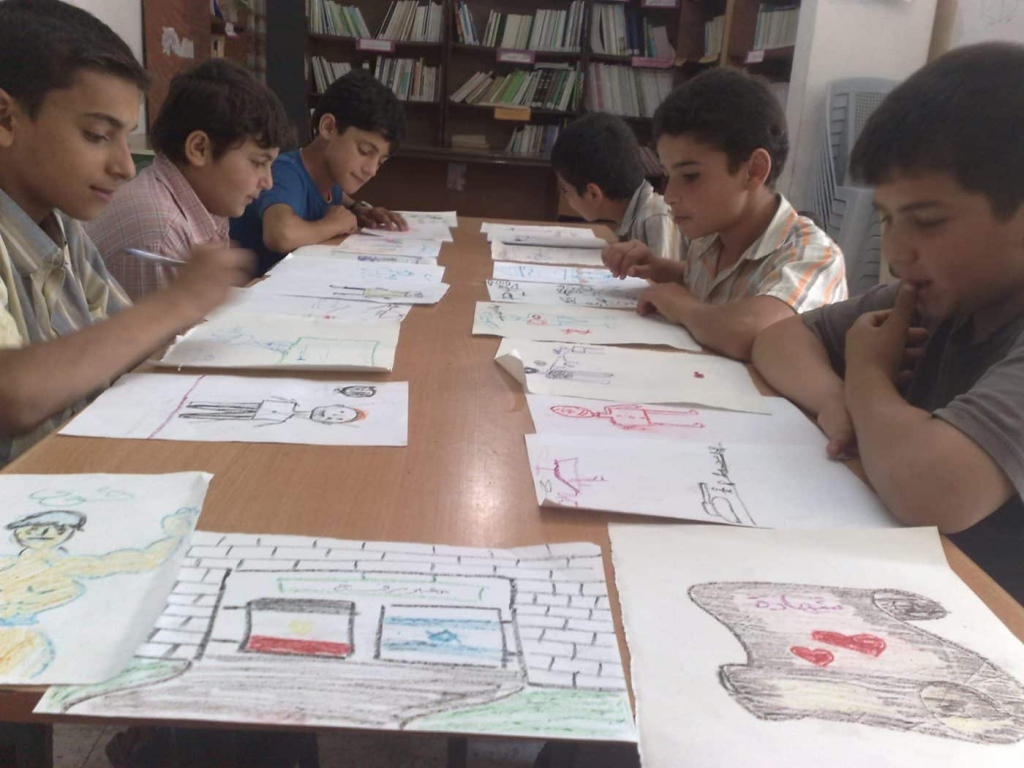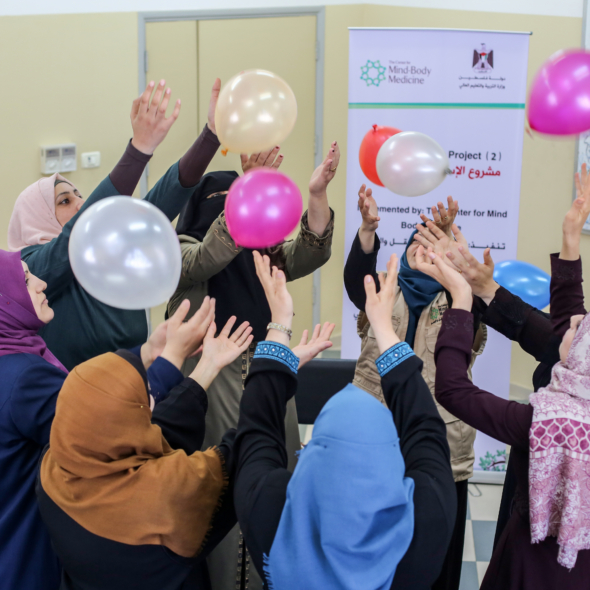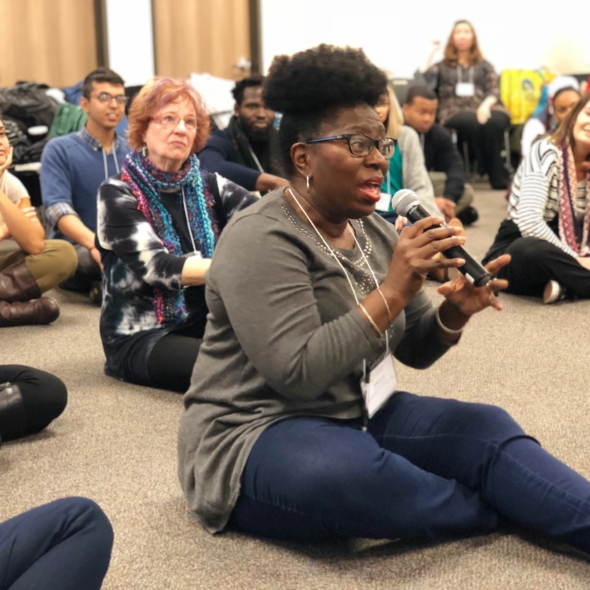The act of creating and making art is a unique phenomenon amongst human species. We use this skill to recreate the world we perceive externally and internally. Artist Vincent Van Gogh once stated: “I put my heart and soul into my work and have lost my mind in the process.” Van Gogh viewed art as a doorway to his soul and was able to lose the concept of self, created by the mind, in the process.
You do not have to be a talented painter to experience the positive impact art has to offer. Creating art puts you in a meditative state – increasing the integration of brainwaves that promotes a feeling of harmony. In our society we are left-brain dominant making it hard to access creativity, intuition and serene feelings. When we use more of the right brain we become whole and fulfill our potential.

Art therapy is now showing higher levels of recovery for those with PTSD than traditional talk therapy because creating art fosters feelings of control and power. Those that have suffered trauma tend to see themselves as the victim, with the mindset that they are unable to move forward with their lives. The creator can reframe their traumas whilst in a calm, trance-like state. The reframing process can take place when the client examines the content of their artwork and talks through a new way of perceiving their experience.
Deep emotions and memories come up as the creator accesses the soul and heart and lets go of their conscious mind, as Van Gogh stated. Art is a vehicle for the expression and externalization of deep and intense emotions and memories. In a creative environment an individual can get deeper in their psychological and emotional world than verbal articulation alone. By reexamining fears and memories in a safe place, the creator can change their response to memories and ingrained fears.
Drawing is an integral part of The Center for Mind-Body Medicine’s model, which is taught at our Professional Training Program in Mind-Body Medicine. Participants use drawings for self-awareness, and as an exercise in self-expression. By representing yourself, your problems, and potential solutions in art form, you can tap into unconscious thoughts that govern behavior, helping to identify where you are now and what your next steps are.

Art Therapy has become recognized as successful alternative to talk therapy that allows patients to heal. Today art therapists can be found in hospitals, schools, rehabilitation centers, community clinics, crisis centers, private practices and more. Art Therapists tend to get a dual masters as a Marriage and Family Therapist or Mental Health Counselor and are certified by the American and Art Therapy Association. If you would like to learn more about the field and profession you can find out here.


